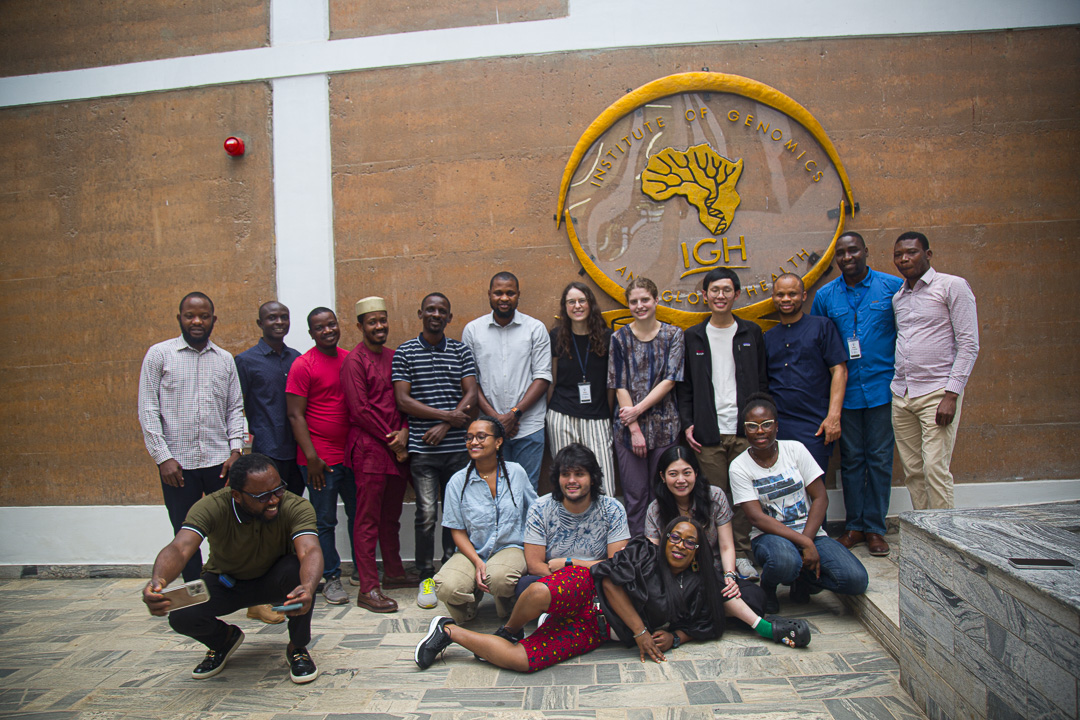For many years, testing for Lassa fever has relied on a laboratory method called qPCR. While accurate, this test requires expensive machines, electricity, and highly trained experts. For rural communities in West Africa, where Lassa fever hits hardest, this creates a serious problem: patients often cannot be tested quickly, leaving many untreated and invisible in health records.
The Diagnostic Gap
The biggest issue is not whether the science works, but whether it is practical. qPCR testing is available in advanced laboratories such as the Institute of Genomics and Global Health (IGH) in Nigeria. But most local clinics, where patients first seek help, do not have the equipment or staff to run it.
To make things more difficult, the Lassa virus itself changes frequently. This makes it harder to design test kits that remain accurate year after year. Without better tools, too many infections go undetected, delaying treatment and making outbreaks harder to control.
A Portable Alternative: LAMP
A simpler method known as LAMP (Loop-Mediated Isothermal Amplification) could change the game. Unlike qPCR, which requires repeated heating and cooling, LAMP works at one steady temperature. This means it can run on small, battery-powered devices that are much cheaper and easier to use outside a large laboratory.
Scientists at the Broad Institute in the United States, working with IGH in Nigeria through the Sentinel Project, are developing a LAMP test for Lassa fever. Their goal is clear: a fast, affordable test that can be used directly in local clinics.
Work in Progress
Developing such a test is not simple. The virus’s constant changes mean that a test that works one year may not work as well the next. This is where IGH’s work in Nigeria becomes vital. By continuously collecting and studying samples from patients, they can track how the virus changes and help scientists adjust the test so it stays reliable.
Researchers are also creating computer tools that can quickly predict whether a test will still work when a new version of the virus appears. This saves time and helps the science keep pace with the disease.
Collaboration is at the heart of this project. Earlier this year, the Broad team visited IGH, working closely with graduate students and scientists to use the LAMP test on real patient samples. Portable devices, including those developed by companies like Sherlock Biosciences, were also tested. These machines are small enough to carry to rural areas and powerful enough to provide accurate results.
Another promising step is freeze-dried test ingredients that can be stored at room temperature. Unlike traditional tests, which need constant refrigeration, these can be transported and used almost anywhere.
Why It Matters
If successful, this project could bring accurate Lassa fever testing directly to the people who need it most. That means faster treatment, better tracking of outbreaks, and ultimately, more lives saved.
As one of the lead scientists, Zoe, explained:
“Right now, the number of people we are diagnosing is much lower than the number of people who actually get Lassa every year. Until we have simpler tests available in clinics, we will keep missing cases.”
The Road Ahead
The science is promising, and the partnerships are strong. But sustained investment and support are essential to turn this vision into reality. What is being built has the potential, with care and cultivation, to revolutionize the way that West Africa, and the world detects and responds to viral epidemics.


